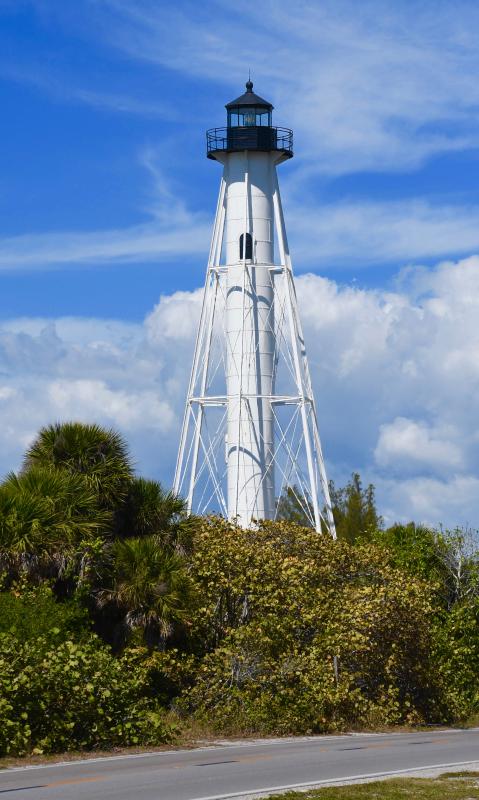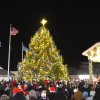Lewes connections in sunny Florida
Although the world is a big place, it's amazing how easy it is to find a local connection when you travel, if you dig hard enough.
On a recent trip to southwest Florida, my wife Kathy and I experienced two Florida-to-Lewes connections.
Lewes resident Connie Miller and her husband John have been spending the winter months in Sanibel for many years. It fits in perfectly with her passion for creating shell art, since Sanibel is one the best shell-collecting beaches in the United States.
Connie can be found most mornings out on the beach collecting shells for her specialty Sailor's Valentines. She also brings shells home with her to work her magic in Lewes as well.
Art is the best word to describe her creations. At the recent Sanibel Sea Shell Festival, Connie won ribbons or trophies in nine of the 11 contest categories she entered. That included best-in-show awards for the best medium-sized Sailor's Valentine in the professional category and best Sanibel-Captiva self-collected shell display.
When Connie returns to Lewes in late spring, she will shift her attention to another of her passions – sailing.
A lighthouse connection
Can you believe that a 105-foot lighthouse/tower from Lewes ended up in Boca Grande, Fla., on Gasparilla Island northwest of Fort Myers Beach, Fla.?
Known as the Green Hill Light to locals, it once shone at the end of Pilottown Road. When the light was taken out of service in 1918, it was purchased and moved by rail to Florida. It's been restored and is still used as an aid to navigation.
The wrought-iron Green Hill Light, which was painted black at that time, went into service in November 1881 as a rear range lighthouse to support the front range lighthouse on the western end of the Delaware Breakwater in Delaware Bay. It was no longer needed and decommissioned in 1918.
Its actual move to Florida would take several more years.
Today, nature is quickly reclaiming the Green Hill property, which sits on high ground in the Great Marsh. What remains on the site are the concrete frame of the keeper's house and the barn, which is ramshackle and leaning precariously.
The parcel is so overgrown that access from Pilottown Road is only available in colder months when vegetation dies off.
It wasn't until 1921 that the light tower was disassembled, with each piece numbered to ensure it was put back together properly. It arrived in Boca Grande in 1927 but was not lit until 1932. It served the same purpose as a rear range light in Lewes in conjunction with a lighthouse situated one mile offshore in the Gulf of Mexico, serving Port Boca Grande.
When mariners saw the two lights line up, they knew it was OK to center Boca Grande Pass and head to the port.
But the light tower's story doesn't end there. After years of neglect, in 2014, the Barrier Island Parks Society took stewardship of the lighthouse and put the wheels in motion to restore it. They were able to raise $1.8 million in the community, and restoration started in 2016 and ended in 2018, when the U.S. Coast Guard allowed the society to light the tower once again.
Replica nuts and bolts were put in place to secure the structure, replicas of the front access and lantern room doors were made, and the tower was repainted after the old paint and rust were removed. The tower was reopened in 2017 to allow visitors to climb the 134 steps for a few days each month.
In addition, a replica fourth-order Fresnel lens, the same one used for decades to aid navigators, was placed atop the tower. Yet, the new light used for navigation is a “turtle-friendly” Max Halo II bulb, according to the society's website.
It's been renamed the Gasparilla Island Lighthouse and has been designated a private aid to navigation.
It sits just off Gulf Boulevard near the southern end of the island on a 7-acre tract complete with walking trails and a butterfly garden within a few yards of the beach.
For more information, go to bips.org/gasparilla-island-lighthouse.




























































